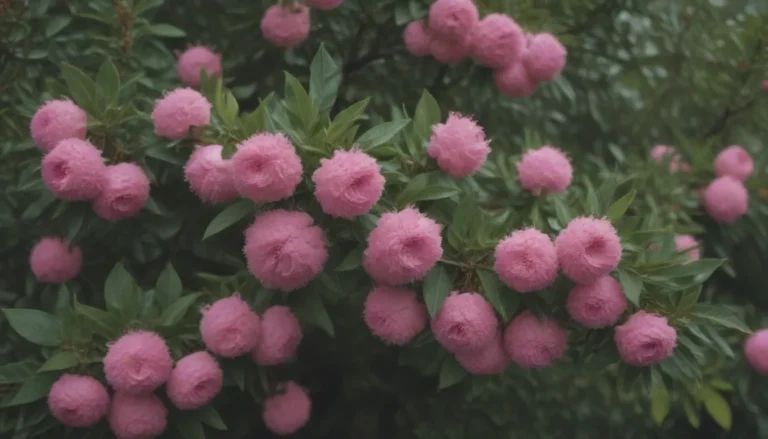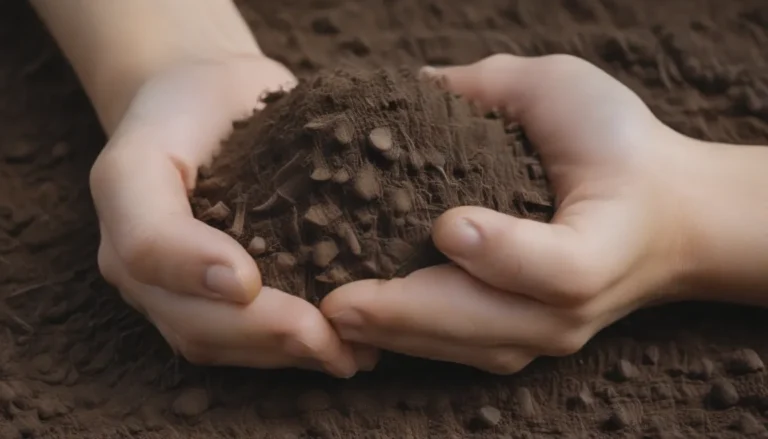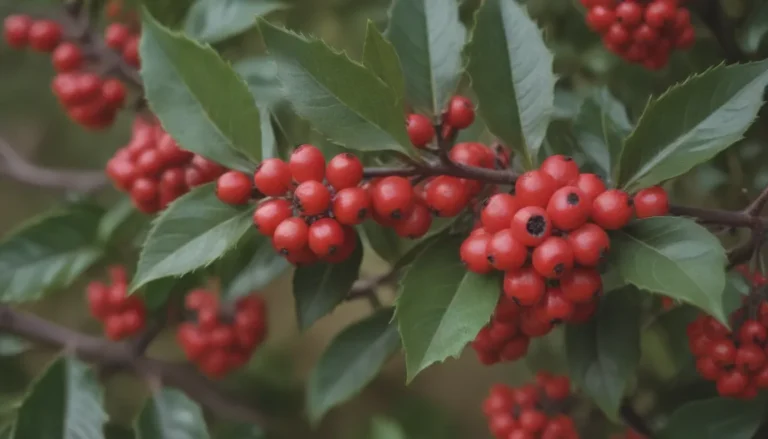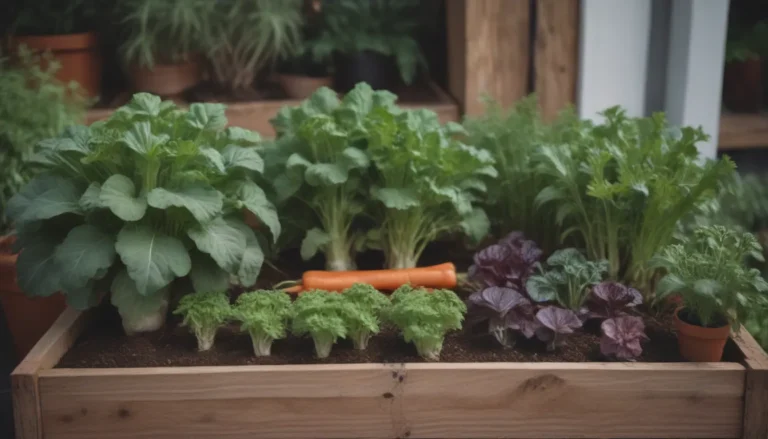The Ultimate Guide to Growing and Caring for Miniature Roses
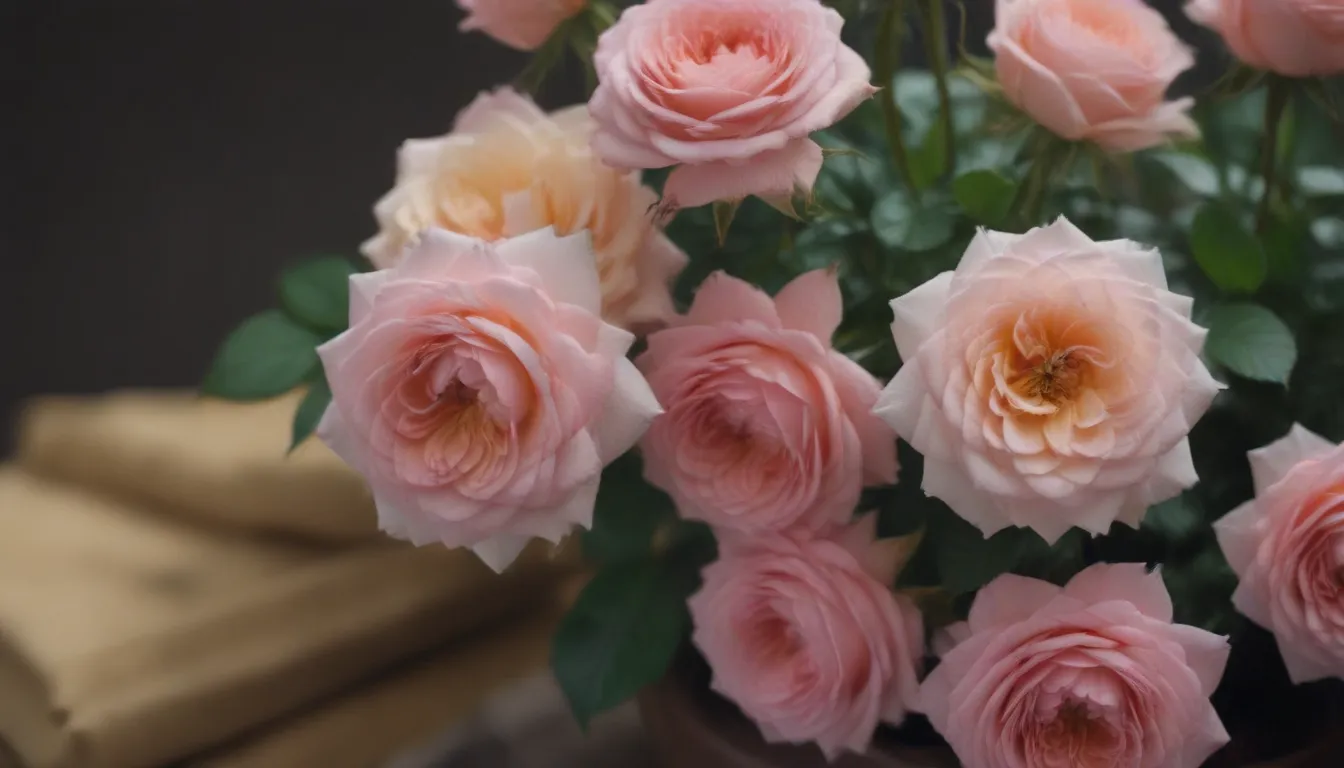
Are you looking to add a touch of beauty and elegance to your garden space? Consider incorporating miniature roses into your landscape. These delightful flowers are true roses that have been selectively bred to stay small in size while still offering a wide variety of colors and types. Despite their petite stature, miniature roses are hardy plants that are easy to grow and care for.
In this in-depth guide, we will explore everything you need to know about growing and caring for miniature roses. From planting and watering to pruning and overwintering, we will provide valuable tips and information to help you successfully nurture these beautiful blooms in your garden.
Why Choose Miniature Roses?
Before we dive into the specifics of caring for miniature roses, let’s take a closer look at what makes these plants so special. Here are a few reasons why miniature roses are a fantastic addition to any garden:
- Size: Miniature roses are perfect for small spaces or container gardens, as they stay compact and don’t take up much room.
- Variety: Despite their small size, miniature roses come in a wide range of colors and types, offering plenty of options for customization.
- Hardiness: Miniature roses are more winter-hardy than most roses, making them easier to care for in a variety of climates.
- Repeat Blooming: These roses are profuse repeat bloomers, ensuring that you’ll enjoy a continuous display of flowers throughout the growing season.
With their striking beauty and ease of care, miniature roses are sure to become a beloved addition to your garden landscape.
Miniature Rose Care: A Step-by-Step Guide
Planting Miniature Roses
Like their full-size counterparts, miniature roses thrive when planted in the spring. Whether you choose to plant them in the garden or in containers, follow these steps for successful planting:
- Plant Mini Roses Indoors: Carefully remove the rose plant from its pot, loosen its roots, and plant it in a well-draining potting mix.
- Plant Mini Roses Outdoors in Pots: Choose a sunny spot with well-drained soil, and plant your miniature roses in containers filled with nutrient-rich potting soil.
- Plant Mini Roses in the Garden: Select a sunny location with fertile, well-drained soil for planting your miniature rose bushes.
Light and Soil Requirements
To ensure healthy growth and abundant blooms, miniature roses need:
- Light: Miniature roses thrive in full sun, so provide them with at least six to eight hours of sunlight daily for optimal growth.
- Soil: Plant your roses in rich, well-drained, loamy soil, or use a lightweight potting mix if growing in containers.
Watering and Fertilizing Tips
Proper watering and fertilizing are essential for the health and vitality of your miniature roses. Follow these guidelines:
- Water: Miniature roses typically require about 1 inch of water per week, but adjust based on soil and weather conditions.
- Fertilizer: Regularly feed your miniature roses with a commercial rose food or all-purpose fertilizer according to label instructions to promote healthy growth and continuous blooming.
Temperature and Overwintering
While miniature roses can tolerate a moderate temperature range, they are sensitive to cold temperatures. Follow these steps to protect your plants during the winter months:
- Overwintering in the Ground: Use the collaring method to insulate the branches, cover the root zone with mulch, and protect your bushes from heavy frost or freeze.
- Overwintering Potted Mini Roses: Move potted miniature roses indoors to a cool, unheated garage before the first freeze to help them go dormant and survive the winter.
Types of Miniature Roses
Miniature roses come in a variety of types, including climbers, trailers, and micro-minis. Each type offers unique growth habits and flower characteristics, allowing you to choose the perfect variety for your garden.
Propagating Miniature Roses
If you want to propagate your miniature roses, follow these steps:
- Step 1: Select a healthy stem for cutting.
- Step 2: Prepare a rooting hormone and soil mixture.
- Step 3: Plant the stem cutting in the soil and water thoroughly.
- Step 4: Keep the cutting in a warm, sunny location and monitor for root development.
Pruning and Maintenance
Proper pruning is essential for maintaining the health and shape of your miniature roses. Follow these tips for pruning:
- **Prune before new growth starts in late winter or early spring.
- **Trim dead or broken wood first, then remove about one-third of the plant to encourage new growth.
- **Deadhead faded flowers regularly to promote new blooms throughout the season.
Common Pests and Diseases
Like all roses, miniature roses are susceptible to pests and diseases. Be on the lookout for common issues like black spot, powdery mildew, and Japanese beetles. To prevent these problems, improve air circulation, provide adequate sunlight, and use systemic rose-care products to protect your plants.
How to Get Miniature Roses to Bloom
To encourage your miniature roses to bloom and thrive, follow these tips:
- **Plant in a sunny location with well-draining soil.
- **Fertilize monthly during the growing season for optimal growth.
- **Deadhead faded flowers regularly to promote new blooms and encourage continuous flowering throughout the season.
With the right care and attention, your miniature roses will reward you with vibrant, fragrant blooms from spring through fall.
Caring for Miniature Roses After Blooming
After your miniature roses have finished blooming, follow these steps to ensure their continued health and vitality:
- **Prune in late winter or early spring to maintain shape and encourage new growth.
- **Continue deadheading faded flowers to promote new blooms and extend the flowering season.
Common Problems and Solutions
If you encounter issues with your miniature roses, such as black spot, Japanese beetles, or buds failing to bloom, take action promptly to protect your plants. Use appropriate treatments and best practices to address these common problems and ensure the health of your miniature roses.
In Conclusion
Growing and caring for miniature roses can be a rewarding experience, providing you with beautiful blooms and vibrant colors throughout the growing season. By following the tips and guidelines outlined in this comprehensive guide, you can cultivate healthy, thriving miniature roses in your garden or containers.
With their compact size, variety of colors, and hardy nature, miniature roses are an excellent choice for both novice and experienced gardeners alike. Incorporate these charming flowers into your landscape and enjoy their beauty year after year. Happy gardening!

